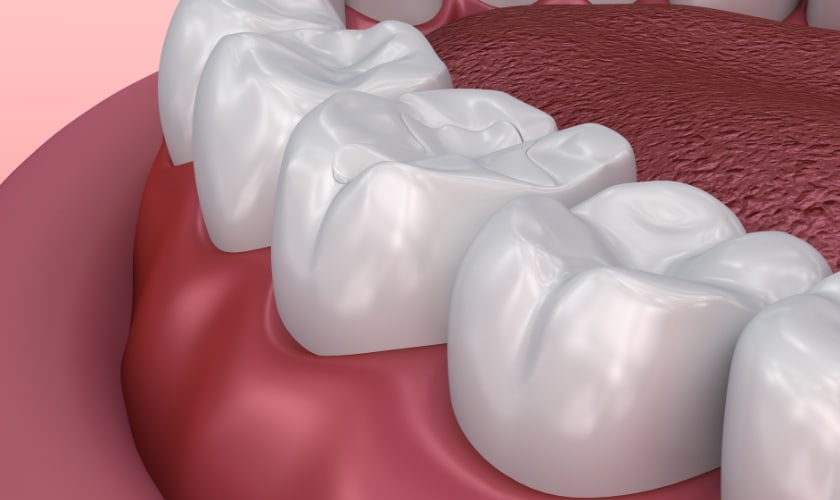What To Expect During The Sealant Application Procedure
By :
Affordable Dentist | January 29, 2024
Before the sealant application process begins, a professional will conduct a thorough assessment of the surfaces involved. This evaluation ensures that the chosen sealant is suitable for the material and the specific conditions the surfaces are exposed to. It's a critical step to guarantee optimal performance and longevity.
Surface Preparation
Once the assessment is complete, the next step involves preparing the surfaces for the sealant application. This typically includes cleaning the surfaces to remove any dirt, dust, or existing coatings that might hinder the bonding of the sealant. Surface preparation is crucial for achieving a smooth and durable finish.
Although surface preparation might seem like a mundane step, it plays a pivotal role in the effectiveness of the sealant. Ensure that the surfaces are impeccably clean for the best results.
Application Technique
The actual application of the sealant is where the magic happens. Professionals employ various techniques depending on the type of sealant and the surfaces being treated. Rollers, brushes, and sprayers are common tools in the arsenal of sealant applicators. The goal is to achieve an even and consistent coat across the surfaces.
Furthermore, it's essential to follow the manufacturer's guidelines regarding the application process. Different sealants have different curing times and application requirements. Patience is key during this stage to allow the sealant to set properly.
Drying and Curing
Once the sealant is applied, the drying and curing process kicks in. It's important to note that drying and curing are distinct phases. Drying refers to the evaporation of solvents, while curing involves the chemical reactions that solidify the sealant. The duration of this process varies depending on the type of sealant used.
However, it's crucial to avoid any interference during this phase. Avoid touching or putting any pressure on the sealed surfaces, as this can compromise the integrity of the sealant.
Inspection and Quality Assurance
After the sealant has cured, a thorough inspection is conducted to ensure that the application meets the desired standards. Professionals check for any inconsistencies, bubbles, or imperfections in the sealant. This quality assurance step guarantees that the sealant will perform as expected and provide the level of protection promised.
Post-Application Recommendations
Once the sealant application procedure is complete, post-application recommendations are often provided by the professionals. These may include instructions on cleaning, maintenance, and recommended intervals for reapplication. Following these recommendations is crucial for maximizing the lifespan and effectiveness of the sealant.
Regular maintenance is key to preserving the benefits of sealant application. Be proactive in addressing any issues that may arise.
Comparison of Sealant Types
Sealants come in various formulations, each designed for specific purposes and materials. Although the application procedure is somewhat standardized, the choice of sealant can influence certain aspects, such as drying time and durability. Here's a quick comparison of common sealant types:
- Silicone Sealants: Known for flexibility and excellent water resistance. Ideal for areas exposed to moisture.
- Polyurethane Sealants: Offers exceptional durability and is resistant to weathering. Suitable for outdoor applications.
- Acrylic Sealants: Fast-drying and paintable, making them versatile for both indoor and outdoor use.
- Epoxy Sealants: Extremely durable and adhesive, commonly used for heavy-duty applications and in industrial settings.
Understanding what to expect during the sealant application procedure empowers you as a homeowner or business owner. From the initial assessment to the final quality check, each step contributes to the overall effectiveness of the sealant. Regular maintenance and adherence to post-application recommendations will ensure that your sealed surfaces remain protected for an extended period.
In the world of sealants, knowledge is indeed power for your oral health. Armed with the insights provided in this guide, you can confidently embark on the journey of enhancing and preserving your surfaces through sealant application. Although the process may seem complex, the long-term benefits far outweigh the initial effort. So, go ahead, invest in the protection your surfaces deserve, and witness the transformative power of sealant application.


